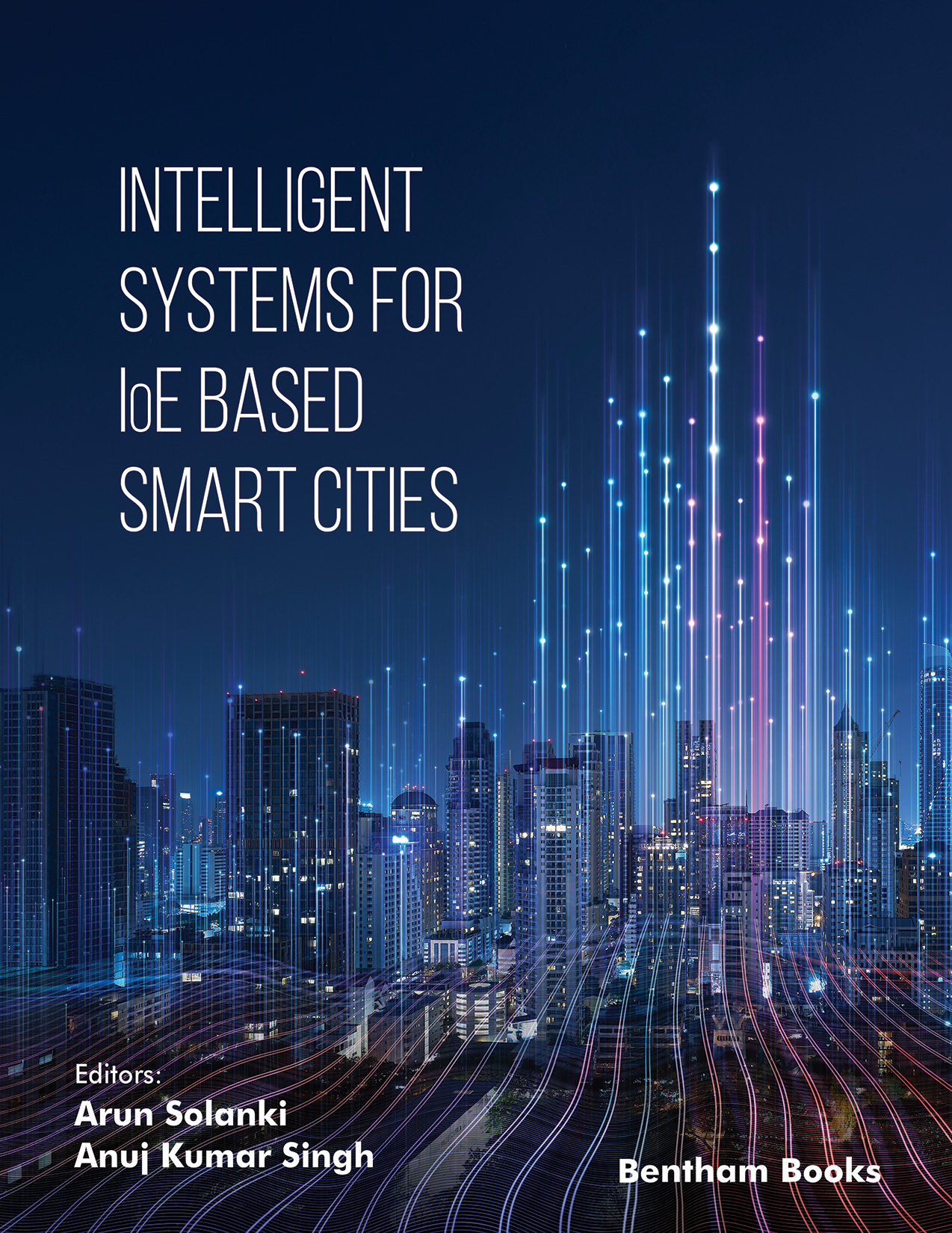There are many challenges affecting decision-making for Cyber-Physical Systems in smart cities. With the initiation of IoT, sensor data is being produced at high speed and in large volume that is hard to process and make conclusions from it. Requirements of the smart cities dictate that a large amount of processing occurs on edge, making it imperative in a way that fast and tractable methods of decision-making are designed. Concurrently, there is an increasing requirement for automated applications to be secure, fair, and resilient. Moreover, with the advent of the Internet of Everything (IoE), which tends to integrate things, people, data, and processes, it is essential to develop smart and intelligent systems that facilitate smart cities in the IoE environment. The book aims at covering all the necessary aspects of the development of intelligent systems for IoE-based smart cities.
This book has been organized into three sections where
Section 1 consists of four chapters highlighting the technological aspects related to smart cities,
Section 2 presents intelligent systems in IoE/IoT-based smart cities and includes four chapters, and
Section 3 comprises three chapters that focus on utilizing cloud and blockchain in IoE/IoT based smart cities.
Chapter 1 of the book first introduces smart cities, and then it elaborates on the technical aspects of the physical layer in a smart city environment, enabling the utilization of the Internet for the operation of various devices.
Chapter 2 focuses on identifying the most prominent enabling technologies in making smart computing environments intelligent. The ten foremost intelligence-enabling technologies – predictive analysis, deep learning, artificial neural network, big data analytics, intelligent edge, human-computer interaction, computer vision, explainable artificial intelligence, natural language processing, and robotics in context to a smart computing environment, have been discussed in this chapter.
Chapter 3 analyses the role and importance of Smart sensors and actuators along with their applications, challenges, and opportunities, followed by various future trends in the domain of the smart city.
Chapter 4 explores numerous IoE applications which are also concerned with smart cities. This chapter discusses existing technologies that have a great contribution to the development of various prominent areas of smart cities. The chapter also identifies and categorizes several challenges that are being faced by the stakeholders and officials in the construction of smart cities.
Chapter 5 focuses on a definite area of AI called Natural Language Processing, which helps and enhances human lives living in smart cities. These use cases and various applications, scopes, techniques, advantages, disadvantages, and future scopes of NLP in the context of smart cities have been discussed in this chapter. The goal of
Chapter 6 is two-fold. First, it intends to analyze the security issue in VANET by reviewing the most important vulnerabilities and proposed countermeasures. In a second part, it introduces a comprehensive Machine Learning framework to design VANET IDs. It has used the framework to evaluate the performances of several Machine Learning techniques to detect position attacks using the VeReMi security dataset. In
Chapter 7, through the use of trilateration, an application has been devised that takes the help of Wi-Fi signals and does position fixing in an indoor environment. The trilateration method is implemented to calculate the unknown position of a device under the environment. It collects all the Wi-Fi signals and finds the exact matches with the database to calculate the user's actual position on the map.
Chapter 8 of the book emphasizes the deep-seated relationship between IoT and sensors from the perspective of state-of-the-art research. It offers discussions on the usage of various types of sensing devices, associated data, and their contribution towards solving specific research problems in the respective IoT-based applications. This includes the Video Camera, Inertial Measurement Unit (IMU) Sensors, Ultrasonic Sensors, Electrocardiogram (ECG) Sensor, Passive Infra-Red (PIR) Sensor, Electromyogram (EMG) Sensor, and some commonly used sensing devices for Environmental and Agricultural Smart system development. A pertinent case study is also included in this chapter to demonstrate the role of sensors in the development of IoT-based systems.
Chapter 9 focuses on the Internet of Things, cloud computing, and data mining, and tries to find the connection between them in terms of users, services, and applications. The goal is to identify how data analytics can be applied to real-life IoT and cloud-based applications.
Along with explaining the security requirements in smart cities,
Chapter 10 proposes a security framework focused on providing secure access control and authentication services delivered over the cloud-based system used in smart cities. This chapter also covers the concepts on convergence of IoE and cloud computing in smart cities and challenges faced by future generation cities employing IoE.
Chapter 11 here provides an insight into how blockchain technology works for smart contracts, which deliver numerous services in Smart cities ecosystems in more reliable, data secured, and beneficial for the population in Smart cities. The chapter has contributed to the planning of Smart cities planners, developers, architects, and thinkers for the usage of smart contracts for delivering various services in the smart city’s governance.
Arun Solanki
Department of Computer Science and Engineering
School of ICT, Gautam Buddha University
Greater Noida, India
&
Anuj Kumar Singh
Department of Computer Science and Engineering
Adani University
Ahmedabad, India

